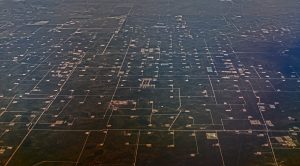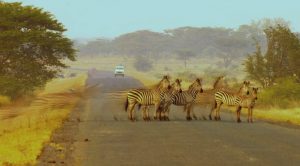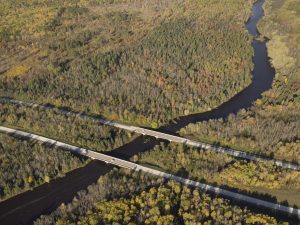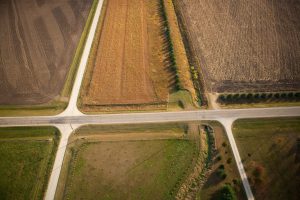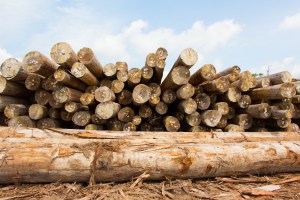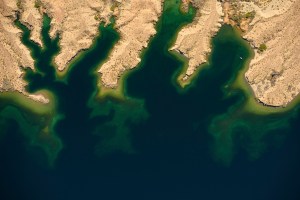Discover stories in Biodiversity + Siting
Empowering Communities with Solar
The ongoing transformation of the U.S.’s energy systems creates a compelling opportunity to build the energy infrastructure of the future.
A New Future for Mine Lands in the Central Appalachians
In Central Appalachian, mine lands can be restored to forests in ways that benefit biodiversity, carbon storage and local economies.
Solar Energy Development Doesn’t Have to Destroy Vital Habitat (but It Could)
With careful planning, the U.S. could produce needed solar energy and still protect lands important for animal movement and migration.
Can Offshore Wind Development Enhance Fish Habitat?
In addition to providing clean energy, a new report demonstrates that wind turbines can also enhance fish and marine life habitat by incorporating nature-based design principles.
Energy Matters: The Importance of Mitigating the Land Impacts of Energy and Extraction
Energy and mining could convert nearly as much land as agriculture by 2050 – including nearly 80% of all projected expansion into the world’s most intact natural lands.
Saving Animals by Mapping Their Migrations
Maps that display migration data with the human connections and livelihoods can help advance sustainable conservation.
Four Steps for the Earth: Mainstreaming the Post-2020 Global Biodiversity Framework
The upcoming Convention on Biological Diversity (CBD) meeting, and adoption of the new Global Biodiversity Framework, represent an opportunity to […]
Moving from Biodiversity Offsets to a Target-Based Approach for Ecological Compensation
Country-level contributions that contribute to an overall no-net-loss goal of biodiversity is one of the issues that groups are pushing […]
Global No Net Loss of Natural Ecosystems
Published in Nature Ecology & Evolution, “Global no net loss of natural ecosystems,” examines what the concept of no net […]
Earth Transformed: Mapping of Global Human Modification from 1990 to 2017
Between 1990 and 2015, humans have modified an area of land greater than the size of Russia.
Tropical Deforestation Is Making the Worst Climate Predictions A Reality
Industrial-scale tropical deforestation is altering local climate as much as 100 years of global warming under a worst-case emissions scenario.
A New Way of Mapping Global Ecosystems
Scientists have created the first standardized, fine-scale map of global ecosystems, allowing them to better measure the effectiveness of protected areas and identify ecosystems in need of additional protection.




